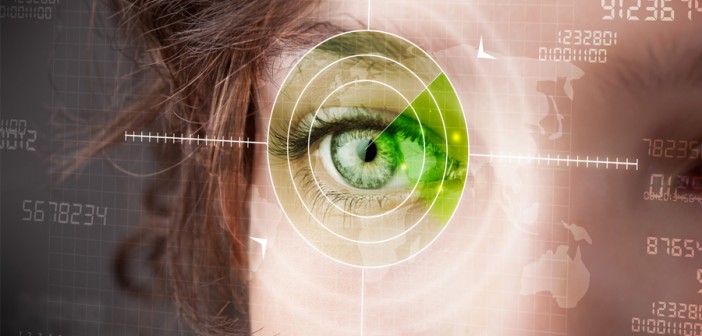Image recognition technology has the potential to transform digital advertising.
The history of all technologies include moments when a breakthrough – either commercial or operational – heralds it moving from niche to normal.
One moment occurred for image recognition technology last week with the news that Google had struck a deal with machine vision technology specialist, Movidius.
This alliance is likely to result over the next couple of years in the adoption of built-in image recognition facilities in Google devices.
From aiding travel security to analysing medical conditions, the applications for image recognition are quite endless. It’s no surprise that the technology is predicted to become a $25 billion market by 2019.
In-image advertising allows advertisers to automatically place relevant digital ads within editorial images, using image recognition. The crucial element for in-image is relevancy. Technology can detect, for example, a picture of a person running, and insert an ad from a sports shoe manufacturer. Or it can detect an image of a woman with very white teeth and insert an in-image ad of a toothpaste brand.
It is sophisticated enough to recognise everything from gender and facial features to colour, tone, and brand logos.
In-image ads work because they don’t detract from the content the consumer is there to read or view, and mean the ads blend in context. As a result, in-image ad campaigns are able to achieve a viewability rate of 80 per cent.
This is all very different to the type of digital display ad that is designed to be disruptive – those banner ads that literally take the screen over or float across the content.
How did the marketing world ever believe that disrupting the consumer’s media experience would result in them feeling positive towards an advertiser’s message?
The growth of in-image advertising has really found its market in the past couple of years as the web has become so much more visual. News late last year that Instagram had overtaken Twitter in terms of users just confirms what many of us know intuitively – people gravitate towards images.
They have an emotional pull that is particularly suited to the ‘snacking’ type of internet consumption that mobiles facilitate. Eye-tracking studies show that images are what draws users’ attention well before they decide to invest time in reading text.
The rise of the visual web has huge implications for all brands and image recognition technology will be crucial to unlock its potential.
If the Google development makes the use of image recognition tech that much more widespread, then this is only good news for marketers.
It will help to normalise the use of a technology that we believe heralds the future for digital advertising.

